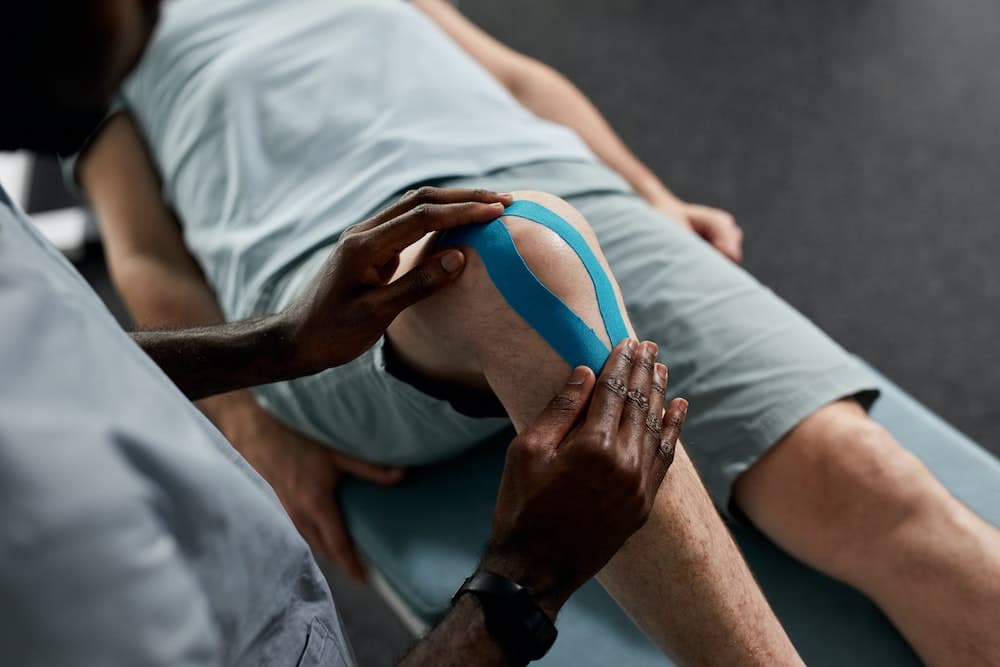How to Integrate Sport-Specific Pilates into Rehabilitation for Swimmers?

The importance of an effective rehabilitation program for injured athletes cannot be overstated. It is not just about healing the injury itself. An effective program should also focus on strengthening the body to prevent future injuries and improve overall performance. For swimmers, integrating sport-specific Pilates into their rehabilitation can provide these benefits and more.
The Basics of Pilates for Swimmers
Before we delve into how to incorporate Pilates into swimmers’ rehabilitation, let’s first get a grasp on what Pilates is and why it is beneficial for swimmers.
Also read : How Can Hurdle Technique Workshops Enhance Performance for Track Athletes?
Pilates is a form of exercise that focuses on core strength, flexibility, body awareness, and improving overall physical coordination and balance. These elements are all crucial for swimmers, as swimming requires a significant deal of core strength and body coordination. It also puts a great deal of strain on the shoulders and back, which makes flexibility and muscular balance important for injury prevention.
Pilates for swimmers can be particularly beneficial in the rehabilitation process. It not only helps to restore strength and flexibility in injured areas but also works to correct any imbalances that may have contributed to the injury in the first place. This can be a game-changer in preventing future injuries and enhancing performance.
Also to read : What’s the Optimal Macronutrient Ratio for Recovery in Rugby Players Post-Match?
Identifying the Needs of the Swimmer
To effectively integrate Pilates into a swimmer’s rehabilitation program, the first step is understanding the specific needs of the swimmer. This involves a detailed assessment of the swimmer’s injury, their normal swimming technique, and any pre-existing imbalances or weaknesses.
For example, a swimmer with a shoulder injury might benefit from Pilates exercises that focus on improving shoulder stability and flexibility. On the other hand, a swimmer who has lower back pain might need exercises that build core strength and promote better body alignment.
This individual approach ensures that the Pilates program addresses the specific problems that the swimmer is facing. It is not about blindly applying a general Pilates routine, but rather about creating a tailored program that will provide the maximum benefit for the swimmer in question.
Creating a Sport-Specific Pilates Program
Once you have identified the needs of the swimmer, you can begin to create a sport-specific Pilates program. This means designing a program that not only focuses on rehabilitation but also on improving the swimmer’s performance in their sport.
For instance, if the swimmer is a freestyle specialist, the program could include exercises that mimic the freestyle stroke. These can help to strengthen the muscles used in this stroke and improve the swimmer’s technique. This kind of specificity can make the rehabilitation process more effective and also provide a performance boost when the swimmer returns to the pool.
Remember, the goal is to create a program that fits the swimmer, not to fit the swimmer into a pre-existing program. This requires a deep understanding of both Pilates and swimming, and an ability to think creatively about how the two can be combined.
Implementing the Pilates Rehabilitation Program
Once a program has been created, the next step is implementation. This could involve one-on-one sessions with a Pilates instructor or physiotherapist, or group classes if several swimmers are going through rehabilitation at the same time.
The key is to ensure that each swimmer is performing the exercises correctly and getting the maximum benefit from them. This means providing clear instructions, demonstrating the exercises, and providing feedback and correction as needed.
It’s also important to monitor progress and adjust the program as necessary. If an exercise is causing pain or discomfort, or if the swimmer is not improving as expected, changes may need to be made. This is why ongoing assessment is so important in a rehabilitation program.
Continuing Pilates Beyond Rehabilitation
Finally, it’s worth noting that Pilates can be beneficial for swimmers even once their rehabilitation is complete. Continued practice can help to maintain the improvements gained during rehabilitation and further enhance performance.
Many swimmers find that regular Pilates practice helps to keep their bodies strong and balanced, and reduces the risk of future injuries. It can also lead to improvements in flexibility, body awareness, and swimming technique.
In other words, incorporating Pilates into a swimmer’s rehabilitation program can provide benefits in the short term by speeding up recovery and preventing future injuries, and in the long term by contributing to improved performance and overall health.
Incorporating Pilates into a Swimmer’s Training Routine
Once a swimmer has experienced the benefits of Pilates during their rehabilitation, they may be inclined to incorporate it into their regular training routine. This section will outline how to seamlessly integrate Pilates into a swimmer’s training regimen.
Swimming involves repetitive motions which often leads to imbalances in the body. Over time, these imbalances can lead to injuries, especially if the body isn’t properly conditioned. Integrating Pilates into a swimmer’s training program can help to correct these imbalances, thereby reducing the risk of injury.
To start with, a swimmer can include one or two Pilates sessions per week in their training routine. The best time for these sessions would be on rest days or after light training sessions. These Pilates workouts should be designed to complement the swimmer’s regular training, focusing on the areas that are most stressed during swimming.
For example, a breaststroke swimmer who experiences shoulder pain may benefit from Pilates exercises that target the shoulders, upper back, and chest. Similarly, a swimmer who does freestyle and backstroke may want to focus on exercises that strengthen the core and improve flexibility in the lower back and hips.
The goal is not to replace the swimmer’s regular training with Pilates, but to enhance it. Over time, as the swimmer gets stronger and more flexible, they may find they can swim faster and more efficiently, all while reducing their risk of injury.
Conclusion: The Power of Pilates in Swimmer’s Rehabilitation
In conclusion, Pilates provides a holistic approach to a swimmer’s rehabilitation. From initial injury assessment to the creation and implementation of a sport-specific Pilates program, this method of exercise offers swimmers a comprehensive path towards recovery.
But the benefits of Pilates for swimmers extend far beyond the rehabilitation period. By continuing to incorporate Pilates into their regular training routine, swimmers can enjoy sustained improvements in strength, flexibility, body awareness, and overall performance. Moreover, regular Pilates practice can also help prevent future injuries.
Pilates, with its focus on core strength, muscular balance, and body awareness, is uniquely suited to the needs of swimmers. It’s not just about healing the body; it’s about equipping it with the tools it needs to perform at its best, both in and out of the pool.
In the words of Joseph Pilates, the founder of the method, “Change happens through movement, and movement heals.” By integrating Pilates into a swimmer’s rehabilitation and ongoing training, we enable that healing change to occur – supporting swimmers in their quest for better performance, fewer injuries, and a healthier relationship with their sport.
